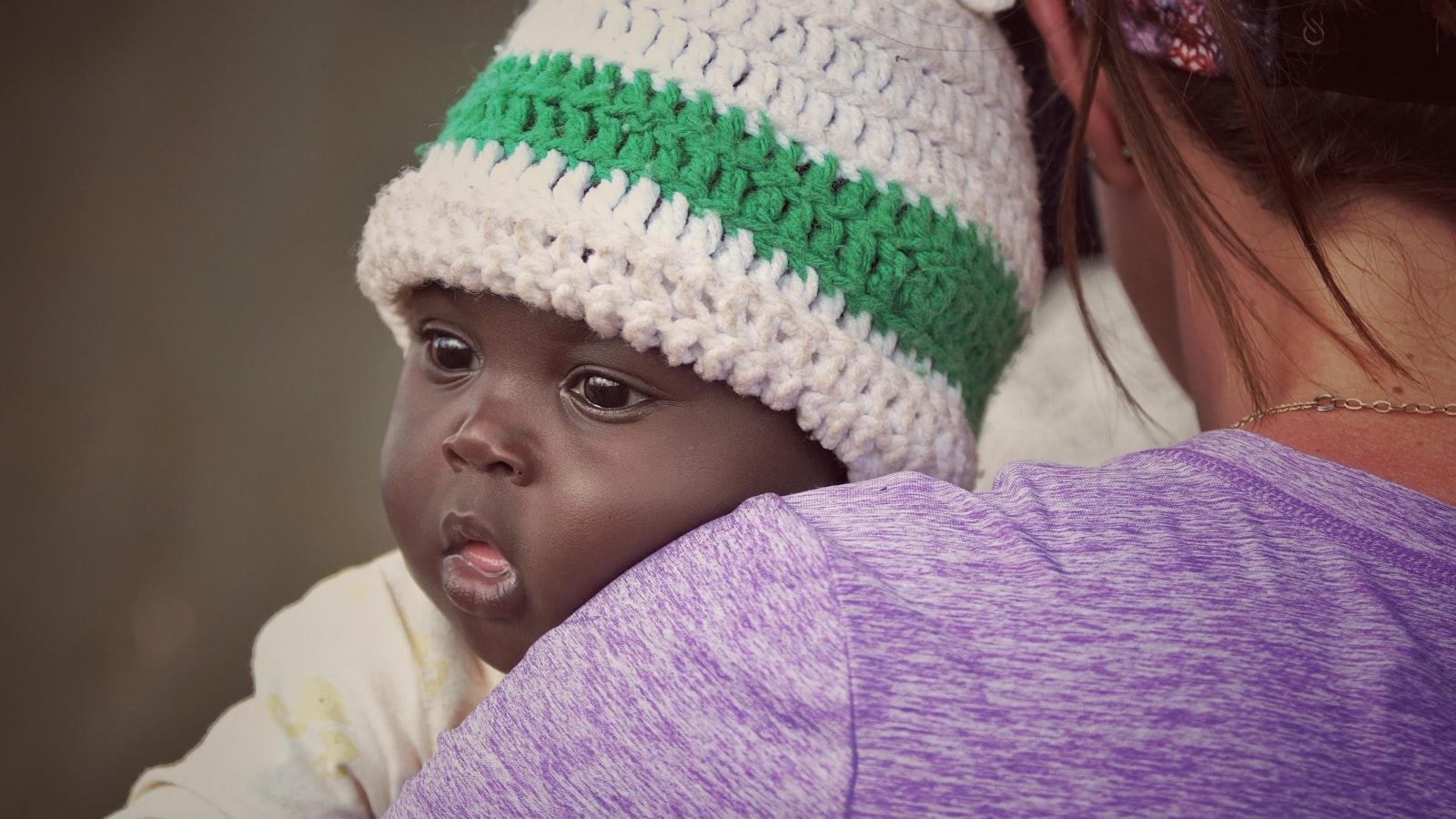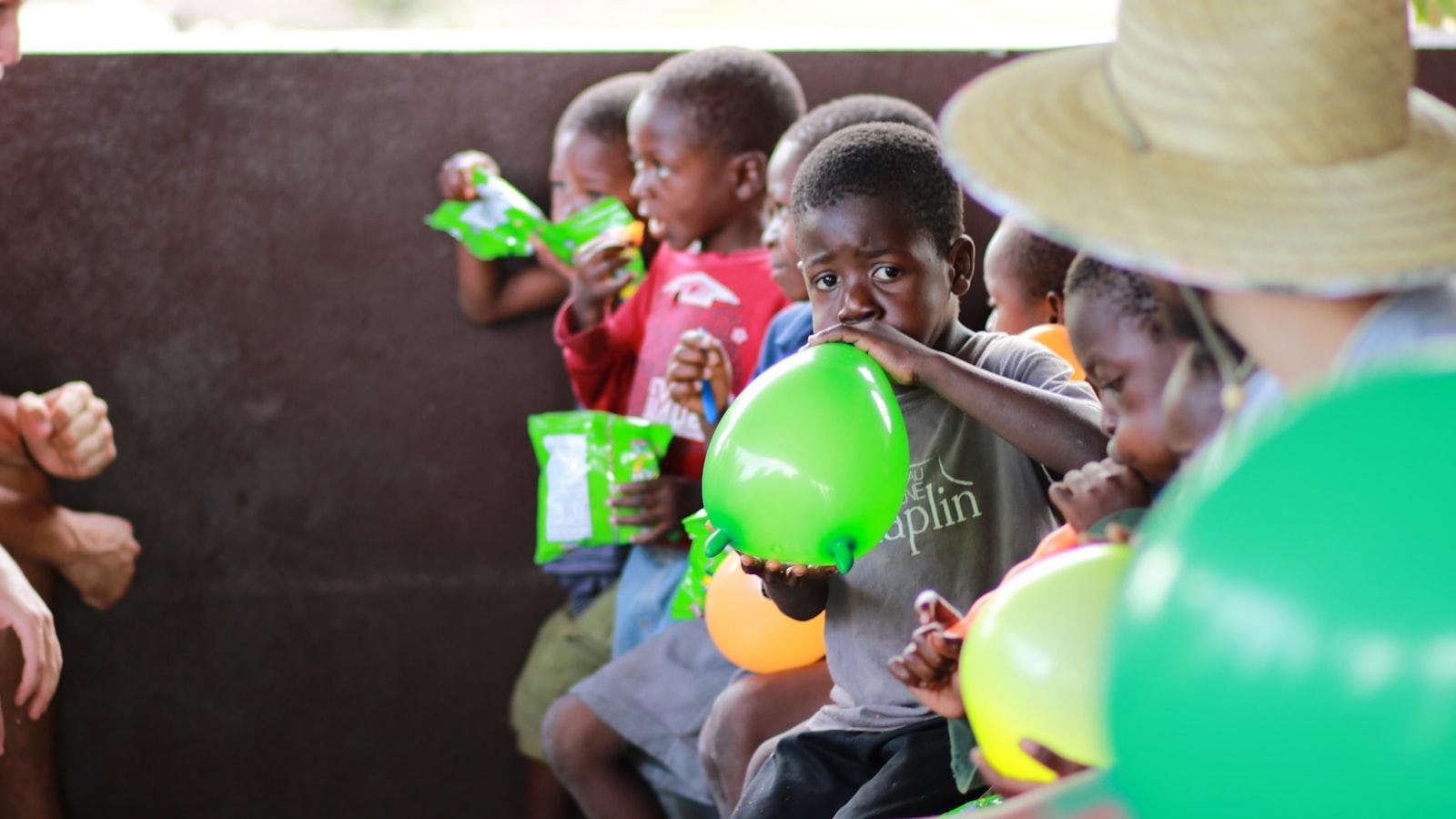Now Reading: Haiti
- 01
Haiti

Haiti
Nestled in the Caribbean Sea, Haiti is a small yet vibrant country with a rich history and culture. Despite facing numerous challenges, including natural disasters and political instability, Haiti has managed to preserve its unique identity and spirit. In this article, we will explore the fascinating land of Haiti, delving into its history, culture, and current state.
History of Haiti: From French colonization to independence
Haiti, formerly known as Saint-Domingue, was colonized by the French in the 17th century, and it quickly became one of the wealthiest colonies in the Caribbean due to its lucrative sugar and coffee plantations. The French colonizers brought in thousands of enslaved Africans to work the plantations, leading to a brutal system of slavery and oppression.
However, in 1804, Haiti made history by becoming the first independent nation in Latin America and the Caribbean, and the only nation to gain independence as a result of a successful slave rebellion. Led by revolutionary leader Toussaint Louverture and later Jean-Jacques Dessalines, the enslaved Africans rose up against their oppressors, ultimately defeating the French and establishing Haiti as a free, sovereign nation. This historic victory marked a significant turning point in the fight against slavery and colonialism worldwide.

Challenges Facing Haiti Today: Political instability, economic struggles, and natural disasters
Haiti, a country with a rich history and vibrant culture, is currently facing a myriad of challenges that are impacting its people and economy. Political instability has been a longstanding issue in Haiti, with frequent changes in leadership and ongoing disputes causing unrest and uncertainty. This instability has hindered the government’s ability to effectively address the country’s pressing issues and implement long-term solutions.
Furthermore, Haiti is grappling with severe economic struggles, including high unemployment rates and widespread poverty. The lack of economic opportunities has left many Haitians struggling to provide for their families and access essential services. In addition, the country is highly vulnerable to natural disasters, such as hurricanes and earthquakes, which have caused widespread devastation and further exacerbated the existing challenges facing Haiti.
Culture and Traditions in Haiti: Music, art, and religion
Haiti is a country with a rich cultural heritage that is deeply rooted in its music, art, and religion. The music of Haiti is a vibrant and diverse mix of influences, including African, French, and Spanish. Traditional Haitian music is characterized by rhythmic drumming, vibrant melodies, and expressive vocals. One of the most famous genres of music in Haiti is **compas**, a dance music that has gained popularity worldwide.
In addition to its music, Haiti is also known for its unique and colorful art. Haitian art encompasses a variety of mediums, including painting, sculpture, and textiles. The art of Haiti often reflects the country’s history, culture, and spirituality. Haitian artists are known for their use of bold colors, intricate patterns, and storytelling motifs. Religion plays a significant role in Haitian culture, with a blend of Catholicism and Vodou being the predominant faiths. Vodou, a syncretic religion that combines elements of African, native Taino, and Catholic beliefs, is deeply ingrained in Haitian society and has influenced music, art, and traditions for centuries.
Sustainable Development in Haiti: Strategies for long-term progress and growth
One key strategy for promoting sustainable development in Haiti is through investing in renewable energy sources such as solar power and wind energy. By harnessing these clean and abundant resources, Haiti can reduce its dependence on imported fossil fuels and lower its carbon footprint. Additionally, investing in renewable energy infrastructure can create jobs and stimulate economic growth in the country.
Another important strategy for long-term progress and growth in Haiti is improving access to education and healthcare services. By investing in schools, vocational training programs, and healthcare facilities, Haiti can empower its citizens to lead healthier and more productive lives. This investment in human capital is essential for building a skilled workforce and a resilient society that can adapt to future challenges and opportunities.
Tourism in Haiti: Exploring the beauty and history of the Caribbean nation
Haiti is a hidden gem in the Caribbean, offering visitors a unique blend of natural beauty and rich history. From its stunning beaches and lush mountains to its vibrant culture and fascinating historical sites, Haiti has something for every type of traveler to enjoy.
Explore the charming streets of Cap-Haitien, visit the historic Citadelle Laferrière, or relax on the pristine shores of Labadee. Don’t forget to indulge in the delicious local cuisine, like griot (fried pork chunks) and pikliz (spicy pickled vegetables). Whether you’re looking for adventure, relaxation, or a taste of authentic Haitian culture, this beautiful country has it all.
In Summary
In conclusion, Haiti is a country with a rich history and vibrant culture, but one that also faces significant challenges. As we have explored in this article, Haiti continues to grapple with issues such as poverty, political instability, and natural disasters. However, it is also a place of resilience and hope, with a strong spirit of community and a commitment to overcoming adversity. By understanding the complex realities of Haiti, we can work towards creating a more just and prosperous future for this Caribbean nation.











